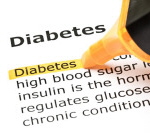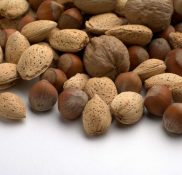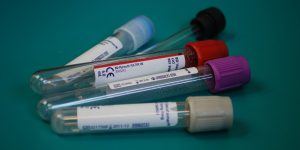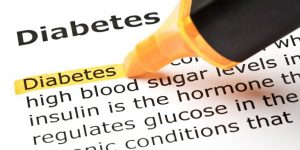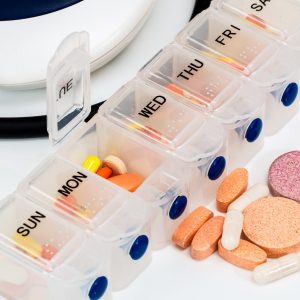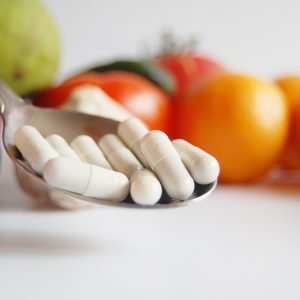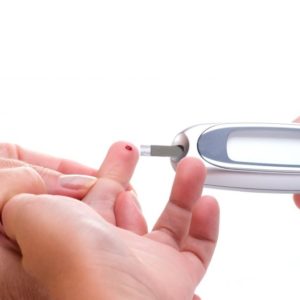Featured
Recent Articles
- Studies Show Metformin Alone is Not Enough to Treat Prediabetes or T2D in Young People
- Final Rule on Short-Term Insurance Plans Will Leave Patients with High Costs, Less Coverage
- Canakinumab Doesn’t Prevent Prediabetes from Progressing to Diabetes
- Could a Pill Replace Surgery as a Potential Treatment for Type 2 Diabetes?
- Candy bar or healthy snack? Free choice not as free as we think
- Why the BMI Chart May Not be a Good Measure of Your Ideal Weight
- Ideal Weight Based on Body Frame Size, Height and Gender – MEN
- New Study: Metformin May Help You Quit Smoking
- Diet Myth Busters: “Going vegetarian” will help me lose weight and be healthier.
- Diet Myth Busters: Dairy products are fattening and unhealthy.
Diagnosing Prediabetes
Support & Inspiration
Sponsored Ad
HOT TOPICS
News – Research
Lifestyle, Diet & Exercise
Healthy Living and You
MyPlate Nutritional Guidelines – How Much Fruit Should You Eat?
According to the new MyPlate USDA program the amount of fruit you need to eat depends on age, sex, and level of physical activity. Recommended daily amounts are shown in the chart. The amount of fruit recommended each day will surprise you! Nutritional Guidelines Chart

Gluten-Free Oatmeal Chocolate Chip Cookies Recipe and Video
Chef Janet K (Gluten-Free Chef) shows how to make the best oatmeal chocolate chip cookies you will ever have! She also discusses gluten-free flour in this video. Bake those cookies!
FAQs About Blood Glucose (Blood Sugar) Monitoring
Blood glucose monitoring refers to testing how much glucose is in the blood stream (or, glycemia.) Many people often refer to blood glucose as “blood sugar” because glucose is a form of sugar. Although the proper medical term is “glucose” your doctor will know what you mean if you use the term blood sugar. Read the FAQs
Featured Articles
Checking Blood Sugars
Believe in yourself! You can do it! There is no cure for diabetes, but making healthy choices now can help you prevent the onset of type 2 diabetes.

Making positive changes in your lifestyle and following any medical treatment your doctor prescribes can often reverse pre-diabetes! Why not start today by eliminating unhealthy processed carbohydrates and sugary drinks from your diet and taking walks each day?
If you have pre-diabetes it is important for you to know that if you do develop type 2 diabetes you will still have to make lifestyle changes, take medications, and possibly even insulin injections.There is no cure for type 2 diabetes. If you develop it and do not follow a healthy lifestyle you risk serious diabetes complications including amputation, blindness, kidney failure, and premature death.


